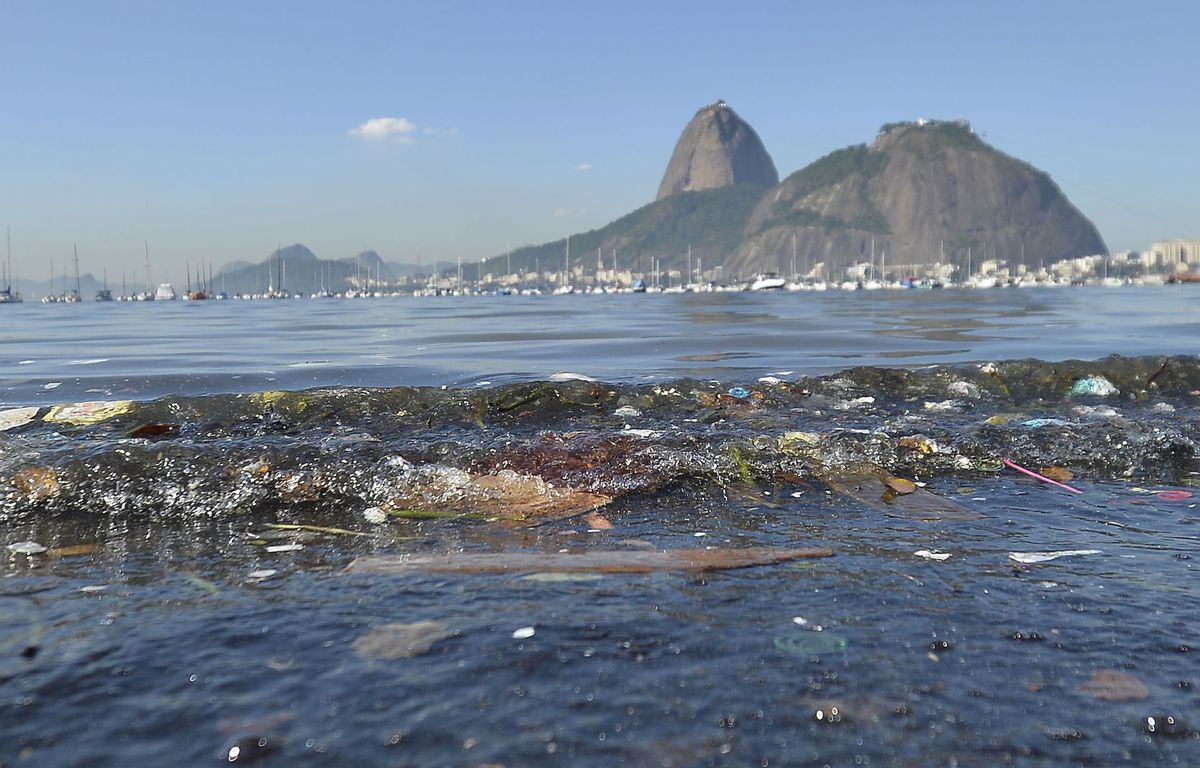RIO DE JANEIRO, BRAZIL – Rio de Janeiro’s Guanabara Bay is one of the most spectacular places in Brazil. But the expansion of the city, which is home to some 6.7 million people, is threatening the landscape. And the bay’s water is heavily polluted: more than 50% of garbage, toxic chemicals, and sewage are dumped untreated into the Atlantic.
The bay extends over nearly 400 square kilometers and is dotted with more than 100 islands and 44 beaches lining its shores. Still, many people now avoid them because waste such as plastics, diapers, clothes, tires, and furniture accumulate on them. Every day, some 100 tons of waste end up in the bay.
In November 2021, Rio’s authorities privatized wastewater treatment. The new operator promises to invest R$24 billion (US$5.1 billion) to do what no one has managed to do so far: clean up Guanabara Bay.

“I do not doubt that people will go back to bathing in the bay,” said the CEO of Águas do Rio, Alexandre Bianchini. But locals are skeptical, as plans to save the bay have failed several times in the past. A program to clean up the sewage treatment plant was initiated in 1994, but the pipelines were never completed.
Before the Rio 2016 Olympics, the city contributed about US$1 billion to clean up the bay, but a few weeks before the Games, the state declared bankruptcy. The promise to increase the sewage treatment rate to 80% has been far from fulfilled.
The only remedy has been an unforeseen event: nature in Guanabara Bay recovered during Rio’s confinement by the coronavirus pandemic. Even animals such as sea turtles, which had long avoided the dirty waters, returned to the deserted beaches.
Gilciney Lopes Gomes is a former fisherman who collects garbage along a river that flows into Guanabara Bay. Gomes lives near the Jardim Gramacho landfill on the bay’s edge, once the largest open-air dump in Latin America. It was officially closed in 2012, but environmentalists say toxic sludge continues to seep into the water.
And illegal dumps like this one, where a truck dumps waste, continue to exist. The dump is near one of the 35 rivers that flow into Guanabara Bay. According to fishers and environmental activists, large chemical and oil companies operate nearby plants from which toxic industrial waste leaks into the water.
“Should I give this to my family to eat?” asks Gomes, holding up two old plastic bottles with medical waste. According to him, there are no longer enough fish and crabs in his bay region for fishers to survive. So now, at 61, he collects recyclable garbage to sell. Gomes already worked at a landfill when he was nine years old.
Environmentalist Mario Moscatelli calls Guanabara Bay a “microcosm of how environmental problems are managed in Brazil.” Still, he is willing to give Aguas do Rio a chance, Moscatelli said. “The state has had 50 years to make this mess. We can give the company five years to clean it up.”

